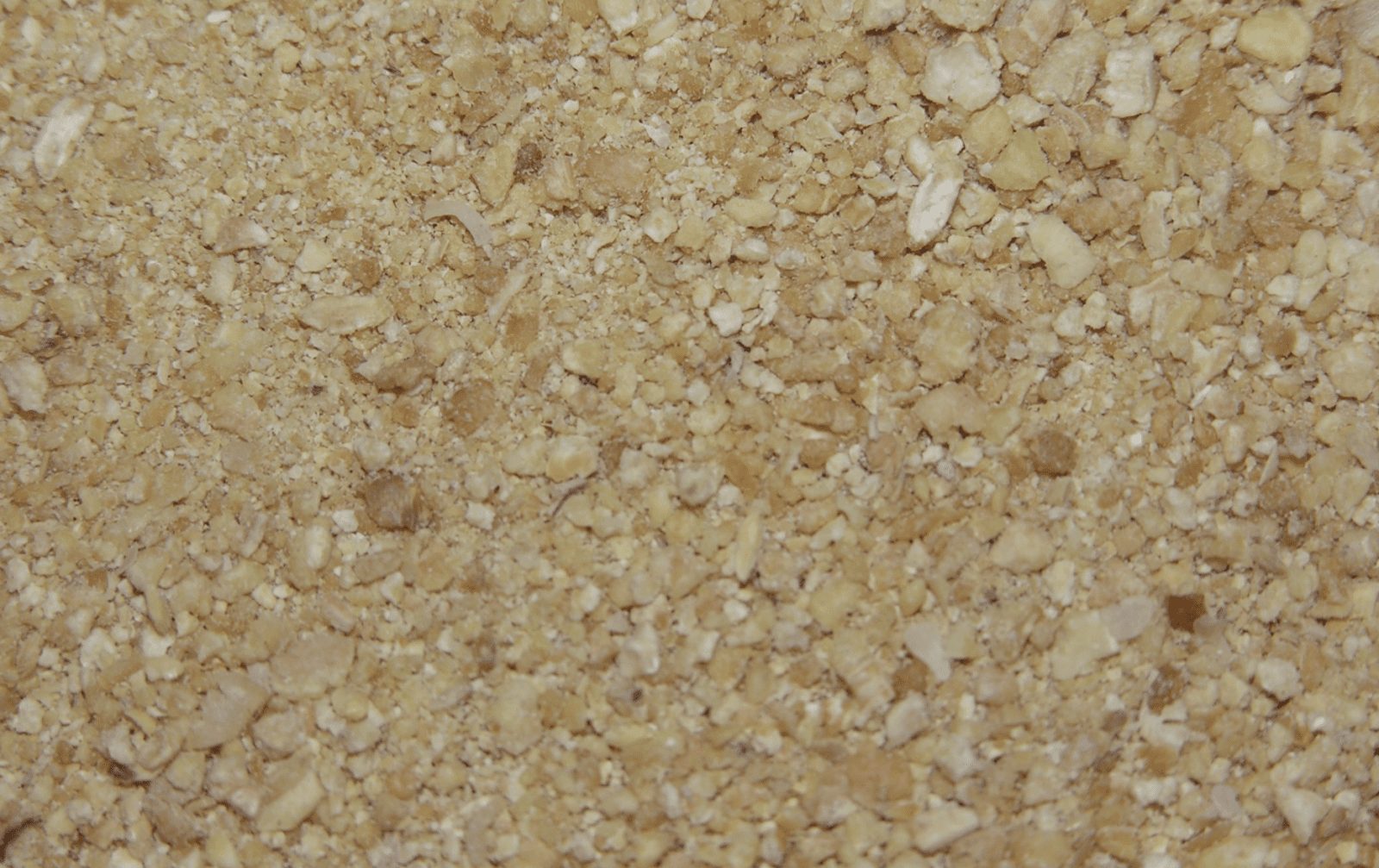PART 1: Background
There are many differences in protein nutrition in animal production. Why are nutritionists more focused now on amino acids in animal feed formulation and what do they consider with amino acids in meal decisions? This three-part series breaks down why focusing on amino acid balance will allow for a more cost- and time-efficient animal.
Background
Protein Nutrition in Animal Production
From housing to health management, many factors go into animal production, but feed formulation and nutrition is one of the most important. When developing a diet for animals, an abundance of feed ingredients exists for inclusion in feed formulations, but not all feed ingredients are created equal. The potential nutrition accessible to the animal is influenced by the type and amount of carbohydrates, protein, and fat contained in the feed mix. The efficiency of digestion and metabolism of a feed also plays a role in the available energy.3
“With animals,it’s all about balance,” explains Dr. Scott Carter, an animal nutritionist who has spent his career focused on formulating animal feed.“When [animals are] out of balance, something is used inefficiently in their nutrition or diet.”
One of the first factors when considering energy sources to feed animals is digestible versus metabolizable energy provided by the source. Digestible energy is energy not lost through feces, meaning it has been absorbed by the animal. Metabolizable energy is what is left after accounting for feces, urine and gas losses from the animal. The more energy absorbed and utilized by the animals at each feeding, the better.
Soybean meal provides animals both digestible and metabolizable energy. All soybean meal is comprised of protein, fiber, soluble carbohydrates and minerals that animals need to grow. Soybean meal is a proven high-protein source for feeding animals. According to a 2016 study in “Animal Feed Science and Technology,” soybean meal contains more digestible and metabolizable energy than canola meals.1
Better absorption of nutrients in protein sources also leads to better daily weight gain. Recent research in 11 feeding studies with over 5,000 pigs finds U.S. dehulled soybean meal gave a betteroverall performance in feed conversion, average daily gain and cost per unit liveweightwhen compared to competitive meals from other origins.5In 18 studies with over 250,000 broilers and layers, U.S. dehulled soybean meal gave superior overall feed conversion, body weight and cost per liveweightof eggs over competitor origin soybean meals.5
Because protein meal provides important nutrients that lead to better feed conversion and efficiency in animals, nutritionists must take a much closer look at the different protein options and how to provide the protein efficiently.
Nutrient Density
The term crude protein describes total protein available in a source, based on laboratory tests studying the source’s chemical composition. Animal nutrition has moved in recent years from a focus on broad crude protein provided by sources to what makes up crude protein.
Nutrient density looks at components that not only have the ideal digestible essential amino acid levels mentioned above but also provide high nutritional energy levels. Nutritionists are looking for this optimal combination to feed animals in the most efficient way. Scientists are finding amino acids — the building blocks of protein — provide a clearer picture of a protein source’s nutrient density.
“The science has shifted because of the understanding of how adding extra amino acids improved efficiency and meat production,” says Carter. “At the end of the day, [animals] don’t need food or protein, they need the components of these, which are amino acids.”
Carter adds that over time, breeds and genetics have changed, and so efficiency has changed. “The research and science have just taken off and provided a more precise understanding of how many amino acids are needed for different situations such as different breeds or in warm or cold weather.”
